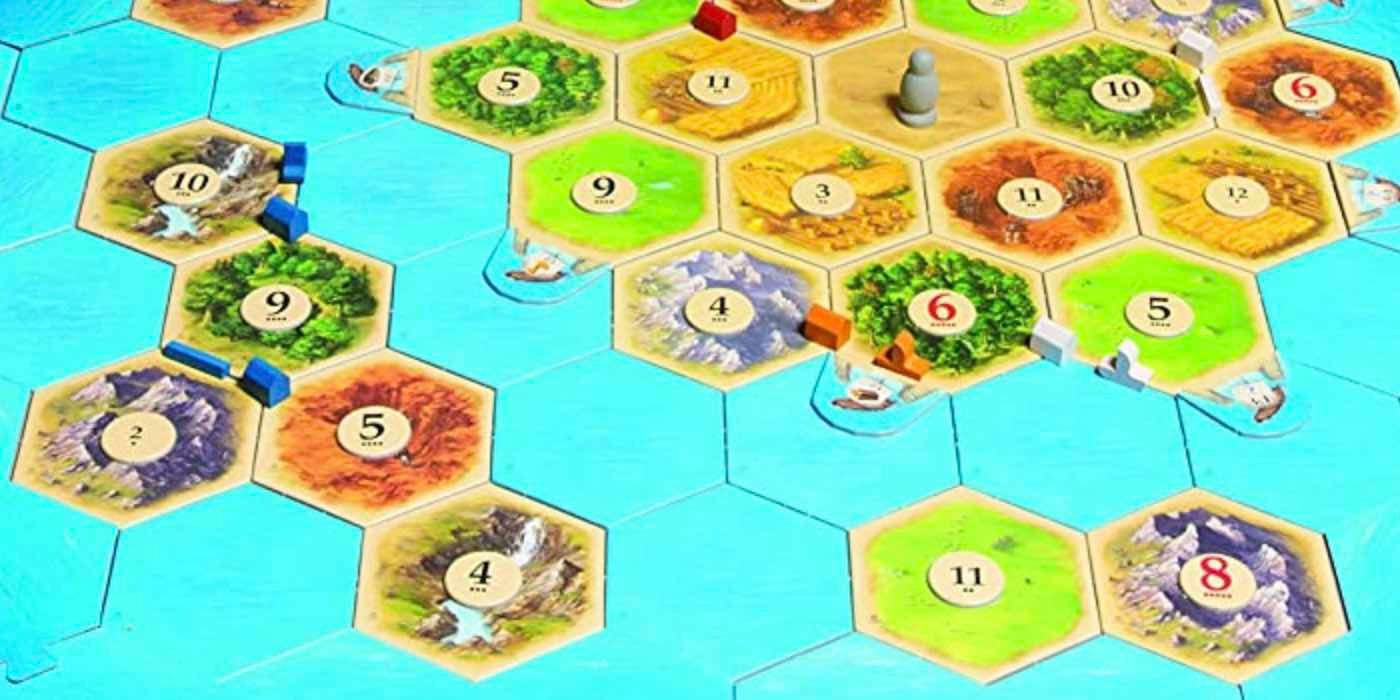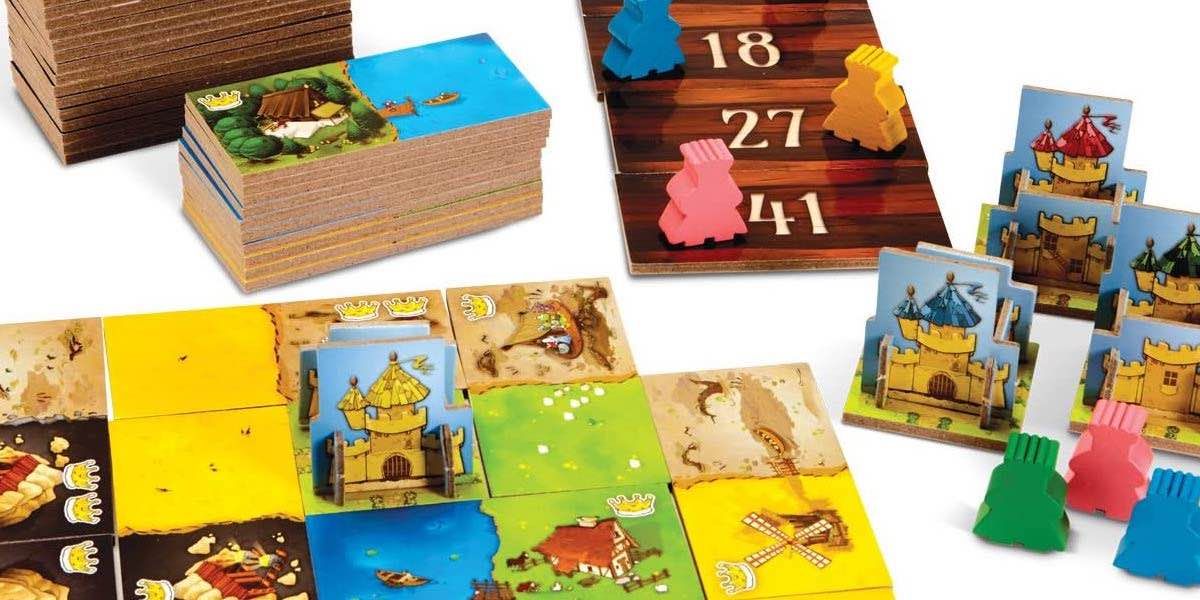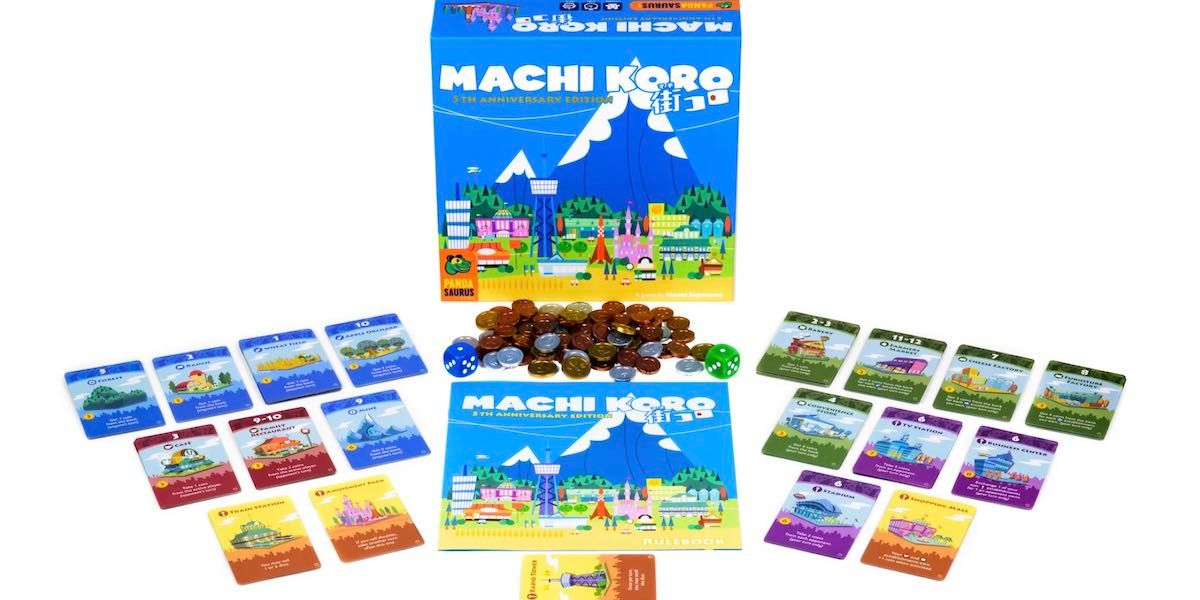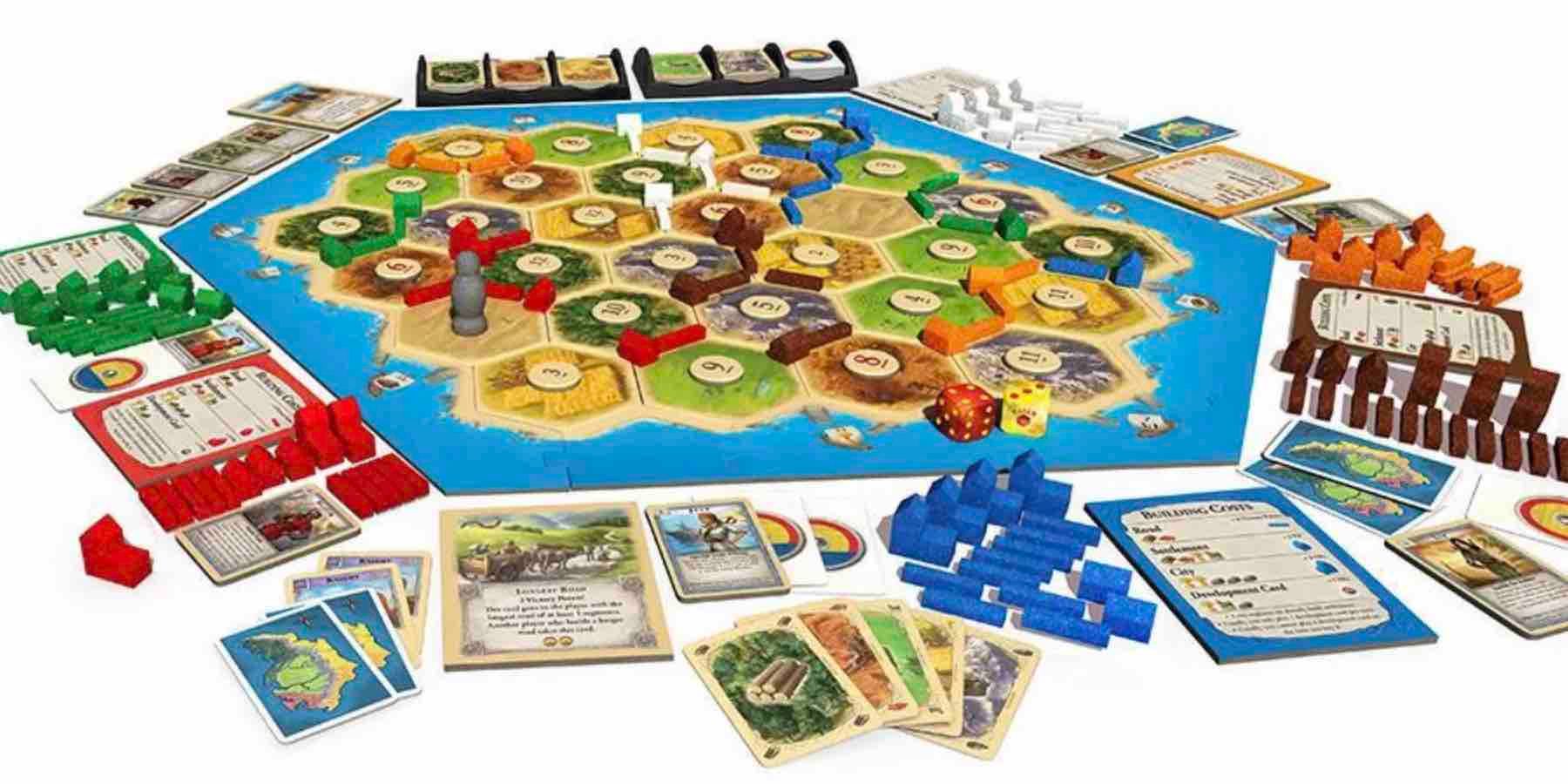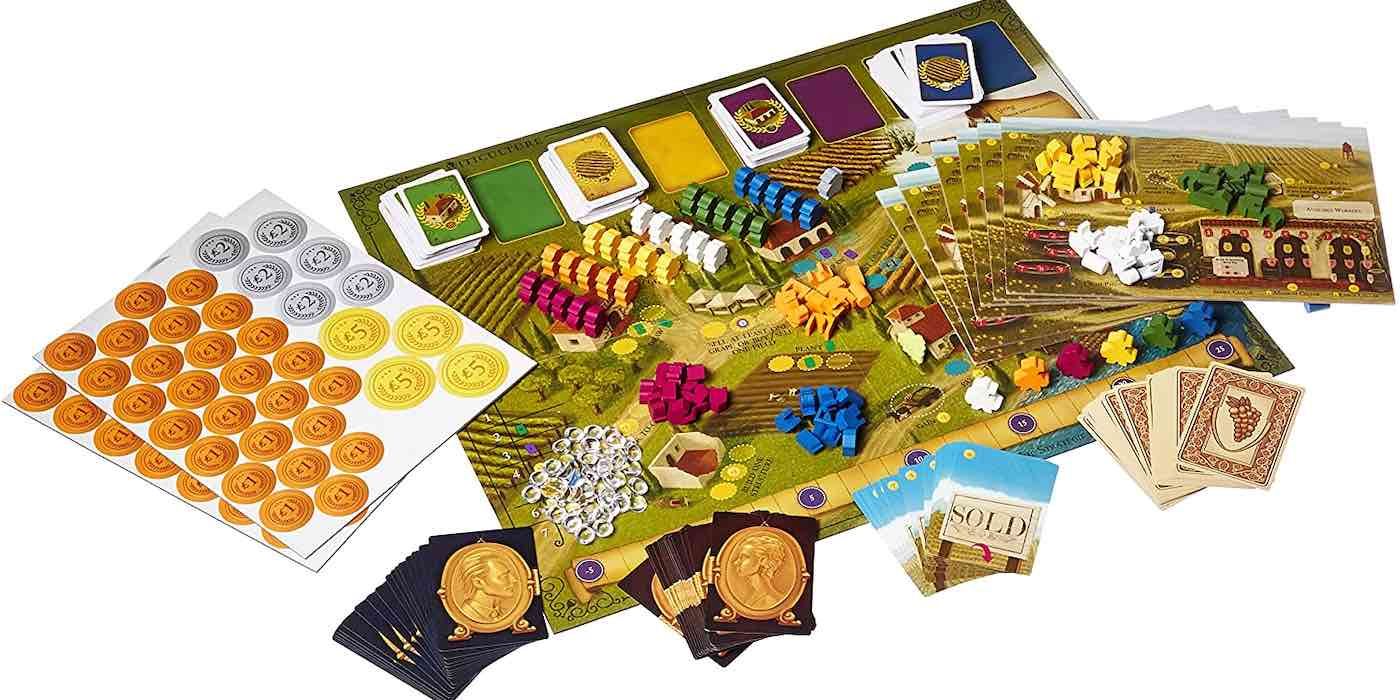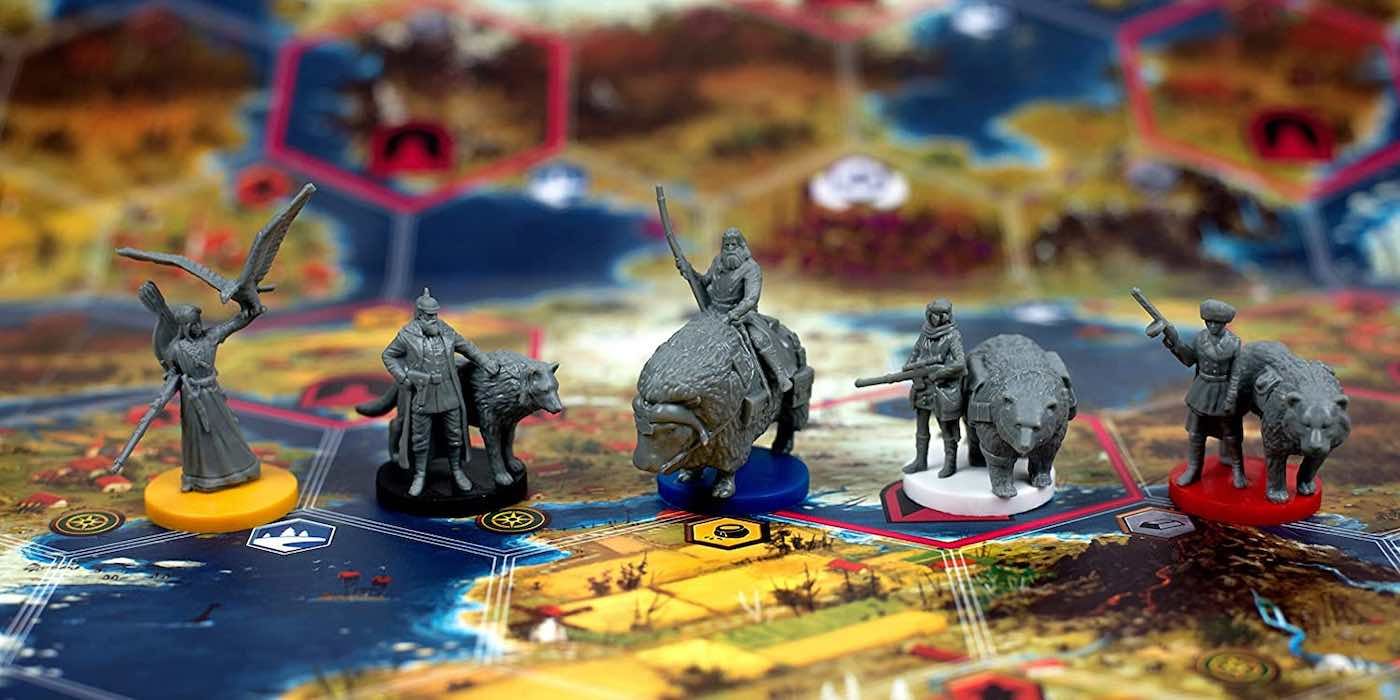Long-distance gaming is great for family and friends who are unable to play together in person or are not interested in the digital board game format. Dice games or guessing games may be quick go-to's over video calls, but don't feel confined to games lacking numerous components. As fun as Yahtzee or Pictionary might be, they don't have very complex mechanics.
Playing strategy board games over video calls may not seem intuitive, but many actually lend themselves well to the format with minimal sacrifices to gameplay. As long as each participating household has a physical copy of the game, everyone can play almost as if they were together in person. This article highlights five of the best strategy games that play well over video calls. Many are considered collection staples and could likely be found at a local library that carries board games. The games are listed in order of complexity, beginning with those suitable for children and ending with more hardcore games ideal for adults.
Kingdomino
Kingdomino is the 2017 Spiehl des Jahres Winner from designer Bruno Cathala and artist Cyril Bouquet. This tile-laying game is great for the whole family and accommodates two to four players. Everyone takes turns choosing tiles and placing them in their kingdom according to tile type. These tiles are drawn at the end of every round from a randomized deck. When playing long-distance, only one household should have a randomized deck. This household announces the tile numbers pulled for each new round. The other households should keep their tile decks in numeric order so they can find the next tiles easily.
Kingdomino is a quick game and should take no more than 30 minutes. Should players feel adventurous, the expansion Age of Giants also works well over video calls. Age of Giants includes new tiles and giants which impede someone from earning points.
Machi Koro
Masao Suganuma's dice-rolling card-collector Machi Koro is another ideal family game. Each card depicts an aspect of a city and corresponds with a die roll. When a card's number is rolled, players earn money to buy new cards or develop landmarks. The goal of the game is to develop all city landmarks first.
If playing with the base game, households simply need to remove the cards other players take during their turns from the appropriate card stacks. Only one household should randomize the deck if playing with any of the expansions and using variant play. This household then announces which cards are added into play.
Machi Koro is designed for two to four players, although more players can join a long-distance game. Machi Koro can take an hour or two depending on how many participate, which expansions are used and how well the dice roll.
Catan
Klaus Teuber's classic resource management game Catan requires coordination in its setup and play since it has a fair number of components. Players can either use the default island setup or randomize the board. If the board is randomized, one household should determine the board layout for everyone else to copy. During the game, players simply narrate what action they take. The terrain hexes in Catan are numbered and correspond to a specific resource; this creates a grid that makes road or settlement placement easy to replicate across all game boards.
Catan's various expansions also work long-distance. Base Catan simply offers the easiest setup and play due to fewer components or board-changing gameplay mechanisms. Catan is great for older kids and adults, and two to six people can play. Expect to spend an hour or two to finish one game.
Viticulture
Viticulture is a delightful euro worker placement game where players tend their vineyards and fulfill wine orders to earn points. Great for older kids and adults, Viticulture is for one to six people and takes the better part of an afternoon to play.
While each player has numerous components for their board, players only need to keep track of the workers, rooster and point marker for other households. If playing the Tuscany expansion, include the stars as well. Players can narrate their turn, indicating which board action their workers will take. Viticulture includes cards that offer special actions, so the compromise for playing long-distance is that potential duplicates may be drawn across the various households. In some instances, players are asked to exchange cards, in which case drawing from the top of the appropriate deck is the best solution.
Scythe
Engine-builder Scythe may have the steepest learning curve of all the games on this list, but it's worth the effort. Scythe is a great worker placement and resource management game for one to five players. Turns consist of workers producing resources, which are then used to unlock skills on a player's faction board. Scythe is management-intensive, so expect to spend a few hours per game.
Scythe works over video calls because most of the action happens on each player's faction board. Households only need to track progress tokens, workers and characters on the main game board. Players do not need to track production supplies. If someone loses resources during gameplay, that player can simply say which resources are relinquished. Scythe also relies on card drawing, but duplicates do not ruin the gameplay experience.

